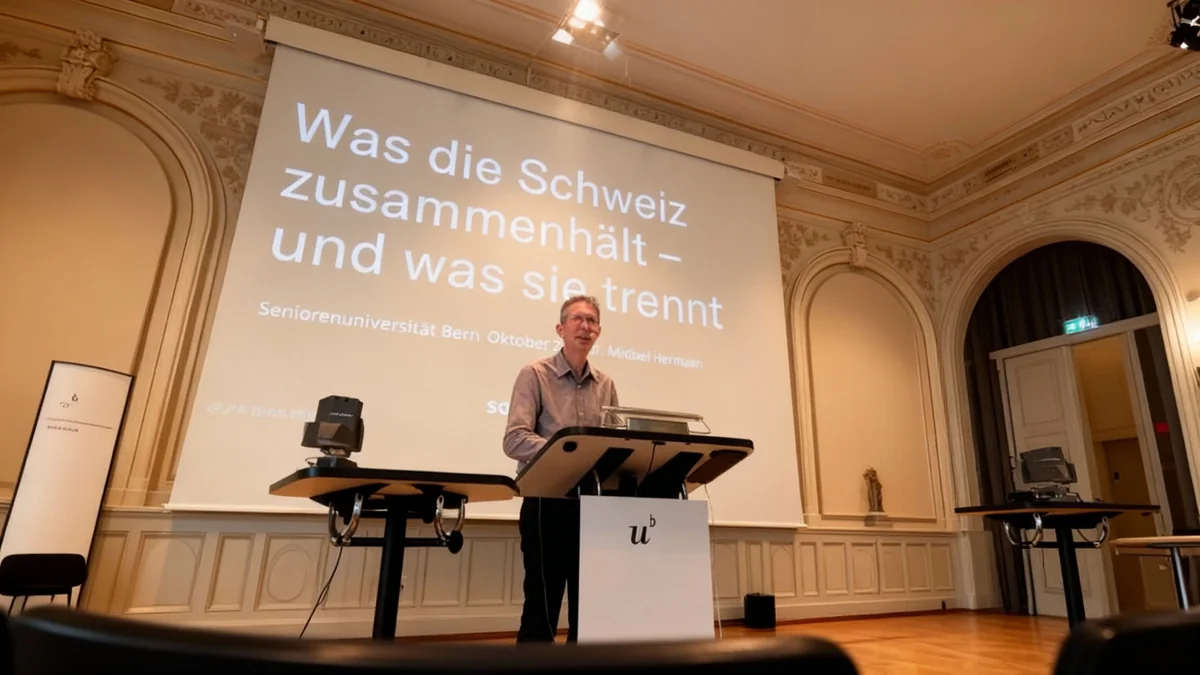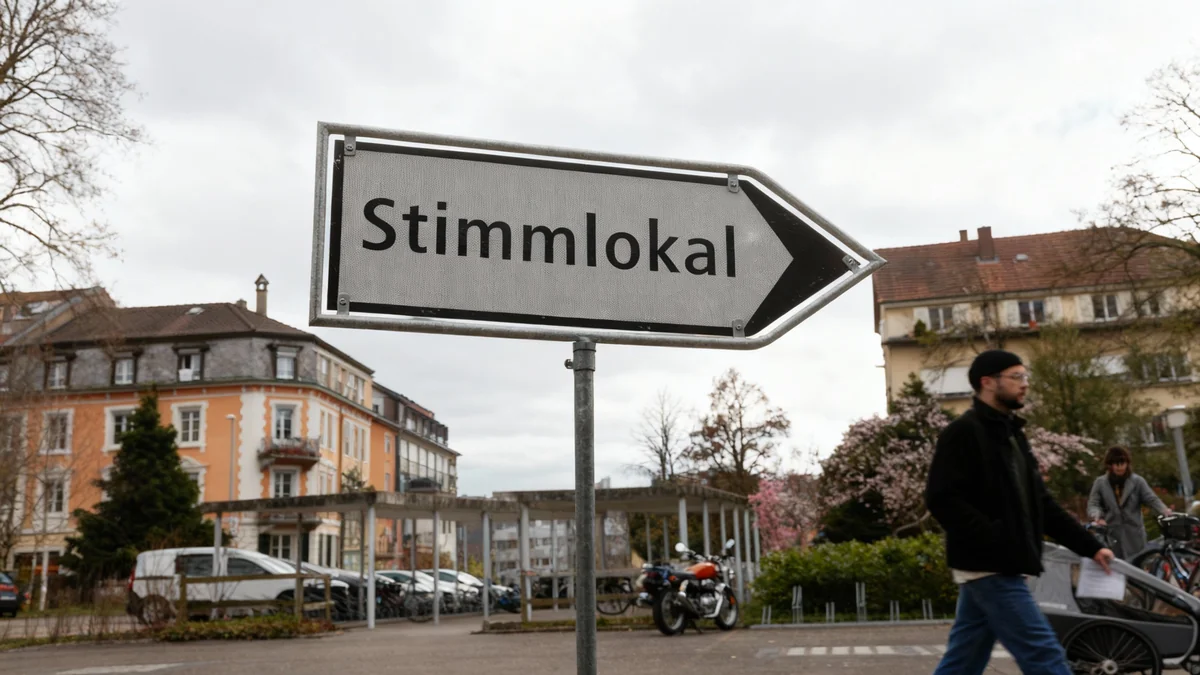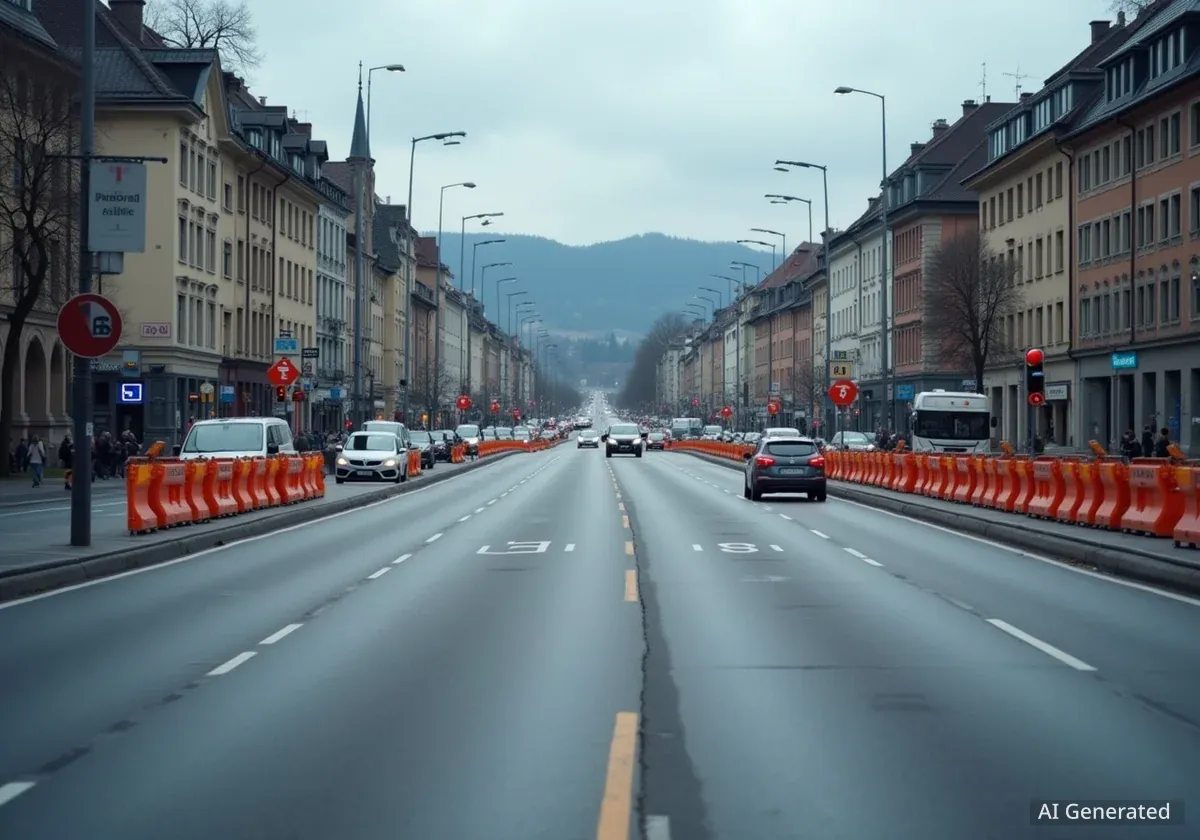A recent study conducted by the Sotomo research institute, known as the 'Generationenbarometer,' reveals a shifting perception of intergenerational relations in Switzerland. While younger individuals increasingly feel a divide, political geographer Michael Hermann suggests the reality is more nuanced, emphasizing other societal fault lines.
Key Takeaways
- Younger generations increasingly perceive a divide between young and old in Switzerland.
- Michael Hermann argues that a deep generational conflict does not exist, highlighting other societal divisions as more prominent.
- The 'Now-It's-My-Turn Principle' influences recent popular votes, driven by older demographics.
- Globalization, digitalization, and performance pressures contribute to societal strain.
- Hermann encourages younger citizens to participate more actively in direct democracy.
Shifting Perceptions of Generational Relations
The 'Generationenbarometer' is a representative study commissioned by the Bern Generation House. It is conducted at regular intervals by the Sotomo research institute. This year marks the third iteration of the study, following previous reports in 2020 and 2021.
For the 2025 study, Sotomo surveyed 2,754 individuals aged 18 and older across German and French-speaking Switzerland. The results were statistically weighted to ensure they are representative of the resident population. The findings indicate a notable shift in focus compared to previous years.
Study Snapshot
- Participants: 2,754 individuals aged 18+
- Regions: German and French-speaking Switzerland
- Frequency: Third iteration (after 2020, 2021)
In 2020, the wealth gap was a primary concern. The focus shifted to COVID-19 measures in 2021. This year, the survey revealed that many, especially younger people, perceive growing conflicts of interest between older and younger generations. While only one in five people over 45 identifies a significant generational divide, a majority of 18 to 25-year-olds believe young and old in Switzerland are drifting apart.
Beyond the Generational Divide
During a lecture at the Senior University Bern, political geographer and Sotomo co-founder Michael Hermann presented his analysis. He downplayed the idea of a deep generational conflict in Switzerland. Hermann stated, "A deep chasm does not exist." He argued that other societal fault lines are felt more strongly by the population.
"A deep chasm does not exist. Other societal divisions are perceived more strongly."
Michael Hermann, Political Geographer
The study highlights other areas of perceived societal division. For instance, 66 percent of respondents believe Switzerland is politically drifting apart between the right (SVP) and left (SP/Greens). Another 65 percent see a growing gap between rich and poor. A significant 51 percent perceive a divide between urban and rural areas, and 43 percent feel that conflicts of interest between Swiss citizens and foreigners are increasing.
The Role of Media in Political Polarization
Hermann suggests that the political divide between right and left is largely influenced by media dynamics. Politicians, under intense media scrutiny, feel compelled to differentiate themselves and adopt more extreme positions. He hypothesizes that without this constant media attention, they might be more inclined towards compromise. Hermann also noted a trend where the governments and parliaments of major cities like Bern, Zurich, and Basel are increasingly seen as radical.
Switzerland's Enduring Cohesion
Despite these various perceived divisions, Hermann believes that Switzerland is not falling apart. He points to the country's unique direct democracy as a unifying force. Different conflict lines often lead to new alliances, especially after popular votes. Yesterday's losers can become tomorrow's winners, and vice versa. This dynamic strengthens social cohesion and public trust in the electorate's judgment.
Direct Democracy's Role
Switzerland's system of direct democracy allows citizens to vote on legislative proposals and constitutional amendments. This process fosters engagement and can lead to shifting alliances, preventing deep societal fragmentation.
Hermann finds it acceptable that citizens may not understand every detail of complex proposals. He believes the process of direct democracy itself is crucial. Media and public discourse play a more significant role in opinion formation than a complete understanding of every issue. Switzerland's strong social cohesion, despite its linguistic, cultural, and confessional diversity, is a testament to this system. Hermann attributes this in part to the understanding workers have for economic concerns, which has been demonstrated repeatedly in popular votes.
From Optimism to Pessimism: A Generational Shift
The latest 'Generationenbarometer' reveals a notable shift in future outlook. Younger generations are significantly more pessimistic about the future than older respondents. Life satisfaction and confidence in one's future appear to be declining, even though Generation Z theoretically has more scope for active shaping of their lives than other age groups. Hermann laments that young people often do not seize these opportunities, particularly in popular votes.
This trend contrasts sharply with the post-World War II era until the late 1960s. During that period, economic and technological advancements fueled greater optimism among the youth. They saw and seized opportunities in the general post-war boom. The 1968 revolt marked a turning point, with optimism and pessimism balancing out in the 1970s. Since the COVID-19 pandemic, a prevalent belief has emerged that the older middle class has an easier life than younger generations, who face higher expectations.
The 'Now-It's-My-Turn Principle'
Hermann identifies a phenomenon he calls the "Now-It's-My-Turn Principle" as a key factor influencing recent popular votes. This principle, he argues, has been decisive in several important referendums. Globalization, digitalization, and the excesses of the performance-driven society have increased pressure on working individuals, contributing to this mindset.
For example, the older middle class significantly mobilized to decide the vote on the 13th AHV pension. Similarly, the vote to abolish the imputed rental value was driven by homeowners, apartment owners, and those hoping to own a home. Hermann suggests that solidarity with less affluent individuals and with younger generations was sidelined in these decisions. This development has been influenced by events such as the Swissair grounding, high manager salaries, and increased immigration pressure.
Many voters now implicitly feel that others have benefited in recent years, and it is now their turn. The 'Generationenbarometer' clearly reflects this shift in sentiment. New anxieties about potential losses hinder risk-taking and innovation, especially among the younger generation.
An Appeal to Youth Engagement
Hermann's recommendations to the members of the Senior University Bern primarily target younger generations. He urges them to participate more actively in direct democracy through voting and elections. He believes that open debate fosters discourse on divergent interests and prevents new divides from forming.
Furthermore, Hermann advocates for lowering the voting age to 16. He believes it is time to involve young people in political decisions earlier. He also dismisses fears about new agreements with the European Union, stating, "These promote innovation. And when it comes to innovation, we Swiss are not the worst."




